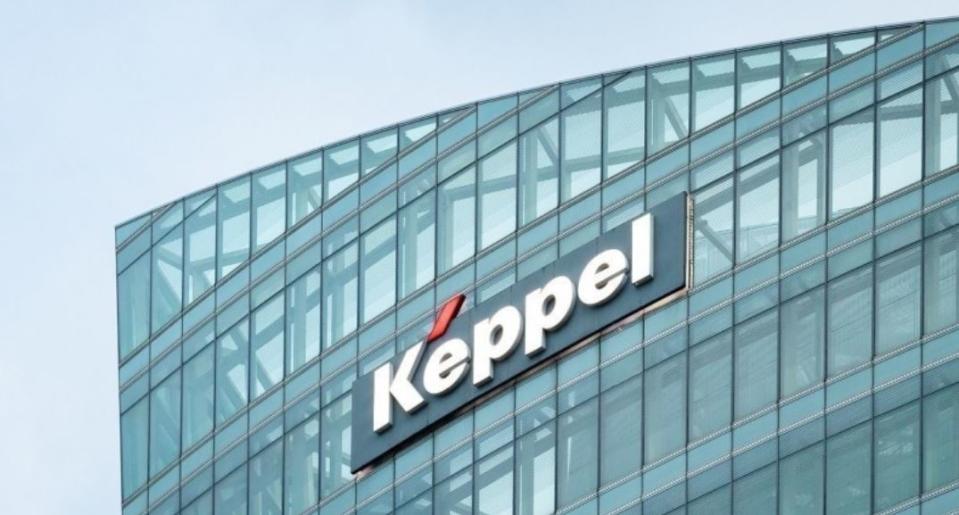Budget 2024: Keppel has some solutions for Singapore’s clean energy needs

Keppel may provide the solution to some of Singapore's pressing clean energy needs outlined in Budget 2024
It is clear that Singapore will not be able to get to net zero without importing clean energy.
During the Budget 2024 speech on Feb 16, DPM and Finance Minister Lawrence Wong said there is a limit to how much clean energy that Singapore can import in without compromising security. “To import low carbon energy, we will need to invest in subsea cables. Hydrogen has the potential as a clean fuel. We are exploring ammonia for power generation and bunkering on Jurong Island,” Wong adds.
He doesn’t rule out nuclear power, and Singapore continues to study the feasibility of nuclear power for the future.
For the time being, most of our renewal energy has to be imported. In December 2023, Sembcorp won a tender from JTC for a 60ha solar project on Jurong Island that will generate 117 megawatt-peak (MWp). Its current solar farm in Tuas generates 17.6 MWp. Conditional approval has already been given by the authorities to import at least 4.2 gigawatt of low-carbon electricity from Cambodia, Indonesia and Vietnam by 2035.
Additionally, the Australia-Asia Power Link (AAPowerLink) project by troubled Sun Cable, which is in receivership, could be a potential project for Keppel. The AAPowerLink aims to connect Singapore via a 4,200km subsea cable to a solar farm about 800km south of Darwin.
Keppel, following its restructure into a global alternatives asset manager, has a presence in a sub-sea cable network, and in other clean energy solutions such as hydrogen plants.
During a results’ briefing on Feb 1, Loh Chin Hua, group CEO, Keppel, outlined the various clean energy solutions Keppel is able to provide: “investors are expected to remain highly selective of investment strategies and asset classes, with a preference for sectors underpinned by resilient macrotrends, such as the energy transition, climate action and digitalisation, all of which are driving demand for Keppel’s solutions. These include the Keppel Sakra Cogen Plant, Singapore’s most advanced and first hydrogen ready power plant, our Sustainable Urban Renewal initiatives, as well as green data centre solutions and the Bifrost subsea cable system that we are developing.”
The Bifrost cable system is the new trans-Pacific cable system connecting Singapore, Indonesia, the Philippines, the United State (Guam, Gorover Beach, Winema) and Mexico, with its main trunk linking Singapore to the United States over 16,460 km via Indonesia through the Java Sea and Celebes Sea that becomes operational this year. The Bifrost consortium comprises Meta (Facebook), PT. Telekomunikasi Indonesia International (Telin), and Keppel T&T. Hence Keppel has experience in undersea cable solutions.
In Budget 2024, Wong says all the clean energy solutions are “costly and will need catalytic funding from the government” and this will start with an initial energy fund of $5 billion.
Read more about Budget 2024 on The Edge Singapore.
See Also:
Click here to stay updated with the Latest Business & Investment News in Singapore
Singapore ended FY2023 with a deficit of $3.6 bil, 0.5% of total GDP
IT leaders' reactions to Budget 2024 tech-related announcements
Get in-depth insights from our expert contributors, and dive into financial and economic trends

 Yahoo Finance
Yahoo Finance 